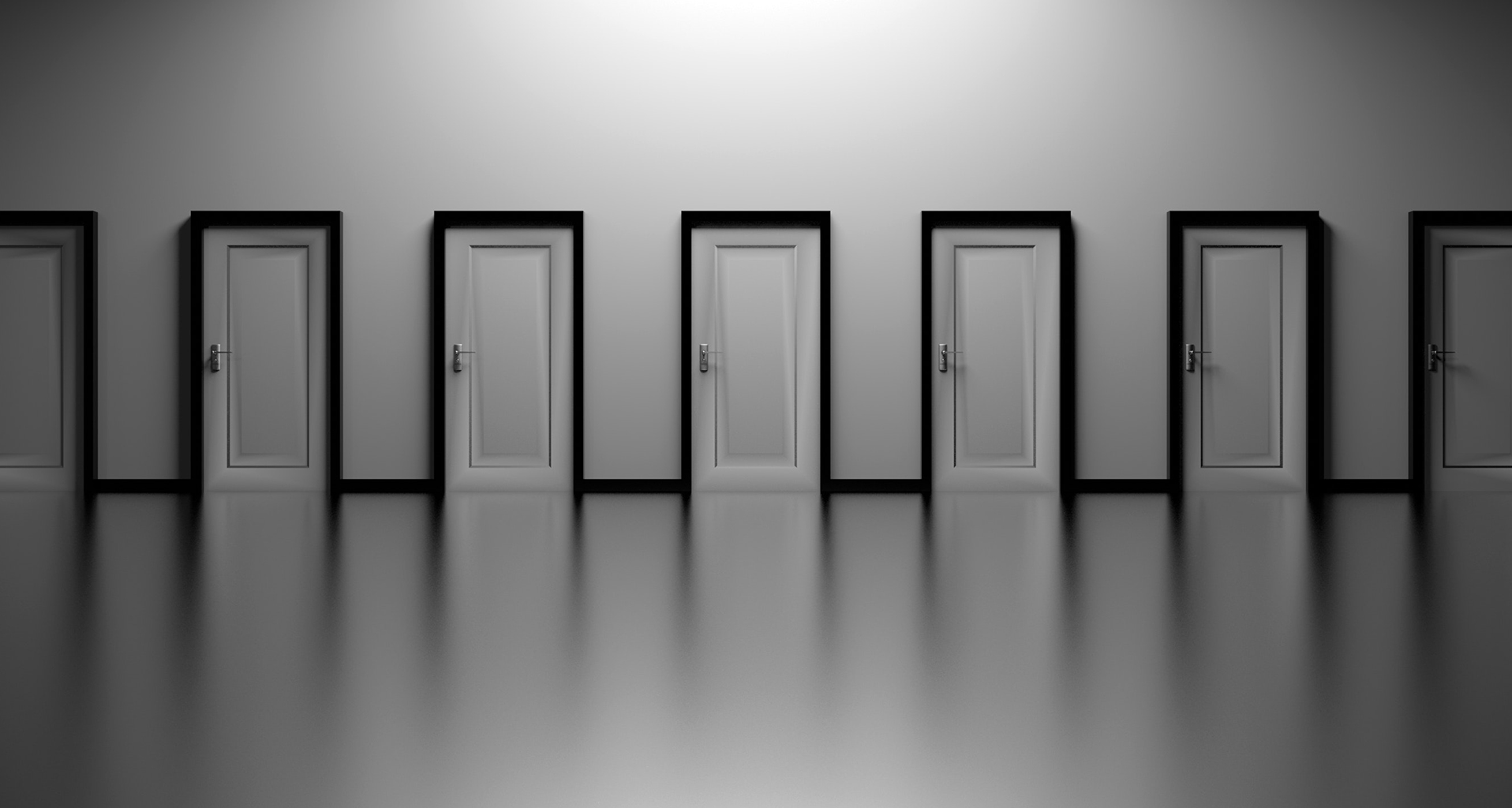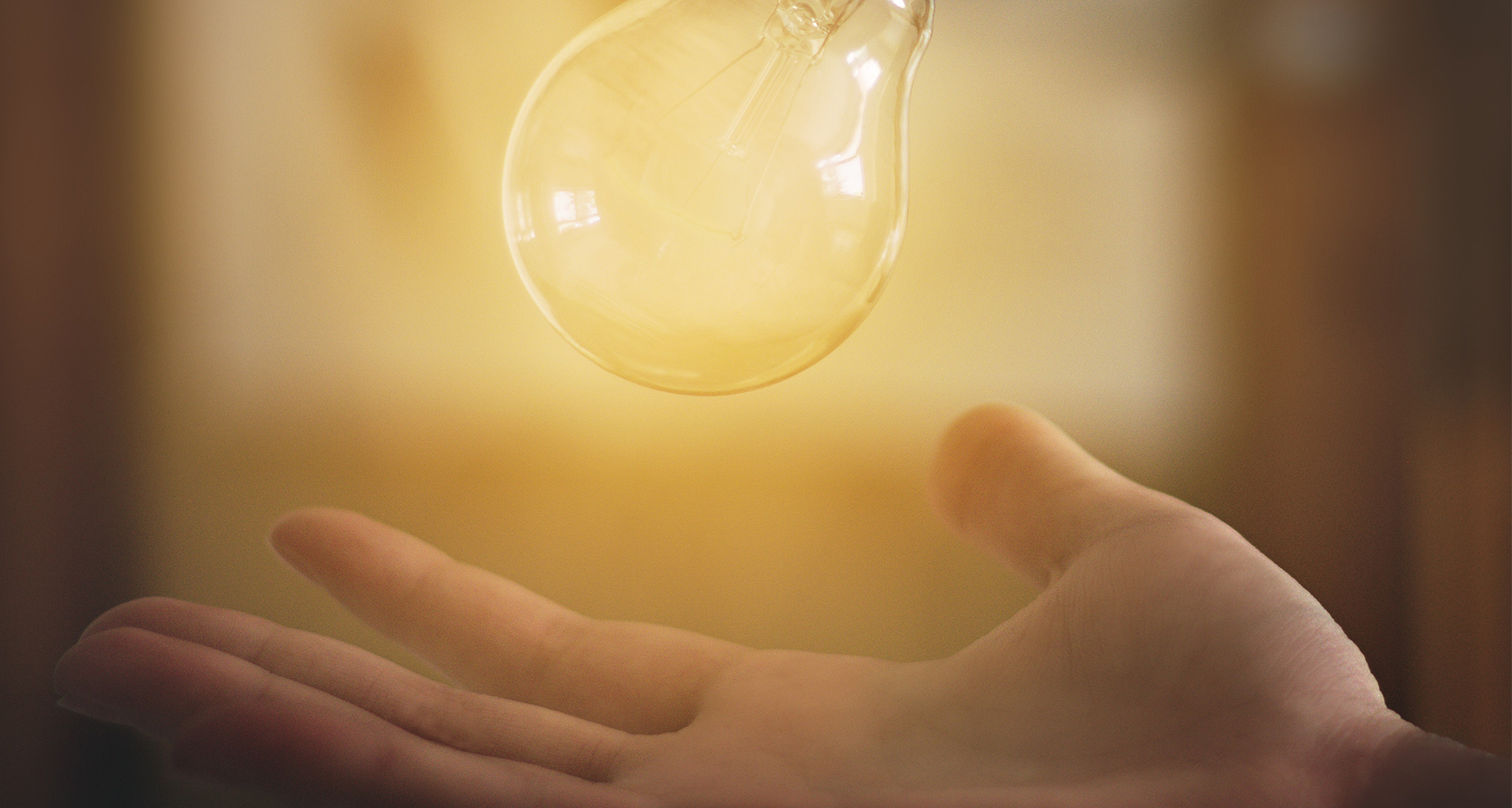“Meditation is all about the pursuit of nothingness. It’s like the ultimate rest. It’s better than the best sleep you’ve ever had. It’s a quieting of the mind. It sharpens everything, especially your appreciation of your surroundings. It keeps life fresh.” – Hugh Jackman
Yesterday it occurred to me that it’s been a very long time, months perhaps, since I actually relaxed. And by “relaxed” I mean not thinking about or moving toward any self-improvement or personal development goal.
This kind of shocked me so I gave it some deeper thought. I must have recently done something just for fun. Right? Something that had nothing to do with goals, building skills or working toward them. Something quieting.
It
only took me a minute or two to come up with a few of my favorite downtime
activities. Things like: walking, biking, gardening, and watching a little TV.
So I can relax, after all!
I’ll admit, though, it did have me worried. What kind of person can’t relax? Goals
and aspirations are important for sure, and going after your dreams takes work,
but there has to be some limits.
Then, I thought about a bike ride I had taken a few days ago. Even though I had enjoyed the ride immensely, I had stopped more than once to jot down an idea or two. Okay, maybe I didn’t relax totally on the bike ride.
How about the week before that? I spent the afternoon in my garden. That’s relaxing, right? And gardening has absolutely nothing to do with any of my self-improvement goals. Chalk that one up to team relaxation!
But the truth is, I spent most of the afternoon feeling guilty about not working on my novel. Okay…
What about chilling out in front of the television? That’s an easy one: I sat down to watch my favorite show just last night.
But wait… I missed the middle of the show because I got the idea for this article and had to scribble it down.
To be honest, I haven’t really relaxed for a long time—not fully, anyway. I have been so wrapped up in achieving my writing goals that I didn’t even realize just how hard I’ve been working.
Hmmm? Is it possible that I’m addicted—to my goal of becoming a full-time writer?
And is this such a bad thing? After all, if you really want something, don’t you have to go after it with all you’ve got? All your heart? All your soul?
Maybe? But, I think some of us on the “personal development” train have swapped the idea of focus and being present for something else.
In recent years, a new high-energy approach to personal development has evolved—one built on ambition and motivation. It is a high-octane, super-charged approach that demands a tremendous amount of energy. This spiritual practice takes individuals to extreme limits as they are expected to “live their ambition 24/7”, revving up energy to unnatural levels.
I’ll admit, this approach is very intoxicating because of how it makes you feel. It’s kind of like getting psyched-up for a big game. It makes you feel alive. It also gives you an overwhelming sense of accomplishment as you focus on the goal with a laser-sharp intensity. You know: “Eye of the tiger” stuff.
But, the downside to this approach is that it can easily monopolize, if not highjack your life. In a word, it’s addictive.
In time, it can even burn you out, as you desperately try to maintain the crazy energy levels required. In a very real way, you become hooked on the idea of chasing after your dreams rather than actually living them.
And herein lays the problem. Because all things ebb and flow, the pendulum WILL eventually swing back giving you a serious case of the “self-improvement jitters”. This happens because, the more intense you get, the harder it is for you to relax when the energy eventually dissipates. When this happens, you will feel the need to take a break—physically and spiritually, but won’t be able to—not fully, anyway.
That’s where I am right now. I currently find it very difficult to relax and take a true break. I’m always doing something involved with writing. Whether it’s a blog post, one of my three upcoming books or my novel, I’m always writing or thinking about writing.
Don’t misunderstand me. I love writing.
So what’s the problem, you might ask? If you’re doing what you love, isn’t that a good thing? Yes and no.
When I do try to take a break, my conditioning won’t allow me to. Guilt and anxiety usually force me back into “work mode” or “achievement mode”. The simple things in life can no longer be enjoyed, freely and completely.
Plus there is a very real spiritual concept that talks about the need to “release”. You may have heard the term: “Let go and let God”. If we are constantly grasping, chasing and striving, we never let go. And without “release” there can be no creation—no realization of the dream.
It is these “down times” between the work that act as a kind of spiritual release. It helps us to rebound, and regroup.
Wayne Dyer calls this “The Gap”. The space between. The silence. It is in these quiet moments of release where the magic really happens and we can’t get there if we never allow ourselves to come down—to relax and go into silence.
Without these downtimes, a person can become spiritually hyperactive and ultimately spiritually unproductive.
So, how can we tell if are addicted to self-improvement? Watch for these symptoms:
1) Anxiety
Do you feel uneasy when you take a break or do something other than a
goal-related activity?
2) Guilt
Do you feel guilty if you take any sort of break?
3) Overly Self-critical
When you do take that much needed break, does anxiety and guilt distort your
self-image? Have you ever seen yourself as lazy or (heaven forbid) unmotivated
just for taking a break? Perhaps unworthy to receive the goal because of it?
4) Time Distorts
Do breaks and relaxation cause you to imagine that time is running out for you
and your goal? Do you think that you are wasting time? As a result, do you amp
up your efforts and work even harder?
5) Over-compensation
Once the break is over, have you ever doubled your efforts to “make-up” for
lost time, almost like a self-imposed punishment?
Yes?
If you’re like me and have one or more of the above symptoms what can we do?
1) Give yourself permission to relax.
You don’t need to focus and concentrate on your goals constantly. Such an
approach is not only unhealthy, but counterproductive. Release is perhaps the
most important part of the creation process (speaking from a spiritual
perspective.)
2) Set a clear intention to relax.
Say something like “I’m going to set aside the next hour to go for a walk—or
whatever.” During that time, make sure you stay completely present. If you are
going for a walk then go for a walk. Be with that activity in a full and
“present” way. Enjoy it completely without thinking about anything else—including
your goals.
3) Seek out silence.
Clear your thinking. Meditate every once and while. There’s nothing quite like
meditation to ease a hyper-active mind. (It’s something I’m going to do more
often.)
4) Detach from outcome.
For a short while, loosen your grip on your goal. Approach your goals with a
light touch. It’s the striving and grasping that ultimately pushes our dreams
away. Let it happen. Work towards those goals that truly resonate with you. Do
what you do, because you love doing it—not to achieve something or to get
something out of it.
That being said, I think it’s time for a break—a real one. Maybe I’ll go for a long bike ride in the park. And I won’t take my writing pad—I promise.
Thanks for visiting.
If you like my work, please subscribe to my weekly newsletter to get direct access and you’ll also receive a free download of my book MY HAPPY WORKPLACE.
I really appreciate your interest and I love getting your comments. Please drop me a line or two. I apologize to those of you who have been having difficulty leaving a comment, it seems to be a browser issue. My Facebook comments work best with Google Chrome and newer versions of Firefox. Please try other browsers if your comments aren’t showing up. In the meantime, I’m working to resolve the problem.
Thanks.
Troy









